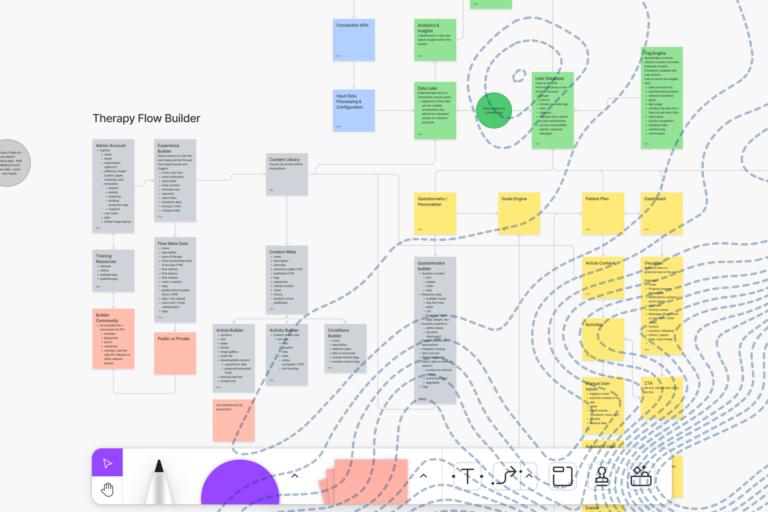In the early stages of designing a product there’s lots of excitement. Your mind’s racing ahead. You’re feverishly sketching and capturing notes for everything that’s pouring out of your brain. You’ve only just started but you already have a vision of the final product in your mind. It’s going to be amazing. Any product designer knows this is an exciting stage. And that’s completely appropriate: excitement (and passion and enthusiasm and obsession) is critical.
But here’s the rub: excitement cannot dominate the process. Excitement can blind. It can lead to corners cut and future “Crap, we didn’t think of that” moments. Developing a true understanding of the user or customer often falls victim to excitement. Worst case, unchecked excitement can result in a marred design which could translate into building the wrong product or a product nobody needs in the first place. That’s why excitement needs to be counterweighted. But how and by what?
Sticking to Methodologies and Principles
We adhere the lean methodologies and principles laid out in Eric Ries’ The Lean Startup in everything we build. Eliminate uncertainty… actually talk to prospective customers… build, measure, learn… (As always, we recommend diving deeper into the Lean Startup Methodology). The thing is though, adhering to any methodology or set of principles is a lot easier to say than it is to do. It takes discipline, the sometimes antithesis of excitement.
So how do we stick to methodologies and principles?
Having a common guide is a big part of it. When you come on board at Arcweb, you’re handed a copy of The Lean Startup. It doesn’t matter if you’ve already read it. It also doesn’t matter if you’re in marketing, admin, HR or some other discipline that supports our core services. Methodologies and principles must be universal in order to be effective.
And it’s not just a one-time read. In his book How to Win Friends & Influence People, Dale Carnegie talks about how you can’t read something once, expect it to stick and thus change a behavior you’ve been practicing all your life. You have to keep hammering it home. In fact, Carnegie readily admitted that he often got lazy practicing what he preached in his own book. His solution? He’d reread the book and reacquaint himself with his own principles—regularly. This is precisely why we encourage all Arcwebers to revisit The Lean Startup regularly. The fresher something is in your brain, the more likely you are to implement it into your daily life.
Outside Perspectives
In the same way that adhering to core methodologies and principles can help reign in excitement, so too can outside perspectives. This makes natural sense: people who are not involved in the day-to-day of a project are less likely to share the same enthusiasm as the core product team. They’re also in a unique position to offer input that is potentially product-saving. At Arcweb, we hold mini retrospectives throughout the life of a project. The core product team must convince other Arcwebers who are not a part of the core product team that what they are building is the right thing. Does it answer MVP questions? Are design and development decisions being made based on data? How would the typical user interact with the product? How would the atypical user interact with the product? Not only is this fresh perspective valuable in its own right, but it also helps the product team take a step back and see the forest from the trees—which is just another way for saying, “Curb your enthusiasm.”
Building a digital product?
This isn’t to say excitement is bad. It’s not. Without it, we’d never build anything innovative. But excitement alone can lead a product team down the wrong path, for a long time—and that can lead to a miserable trek back to square one, countless hours wasted, and budgets blown. So stay disciplined, stick to your methodologies, constantly seek outside perspective and read—and then reread—a few books.



